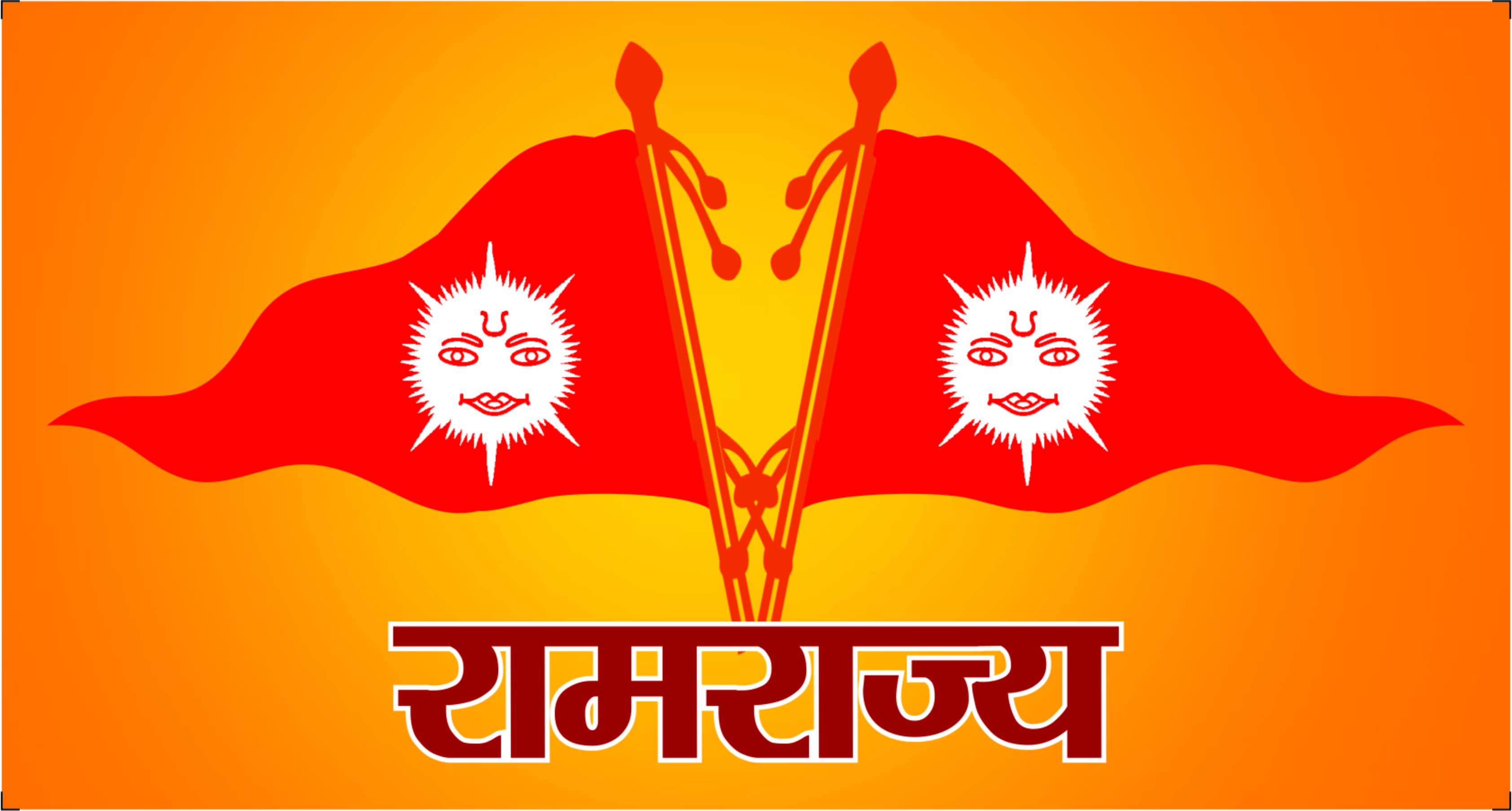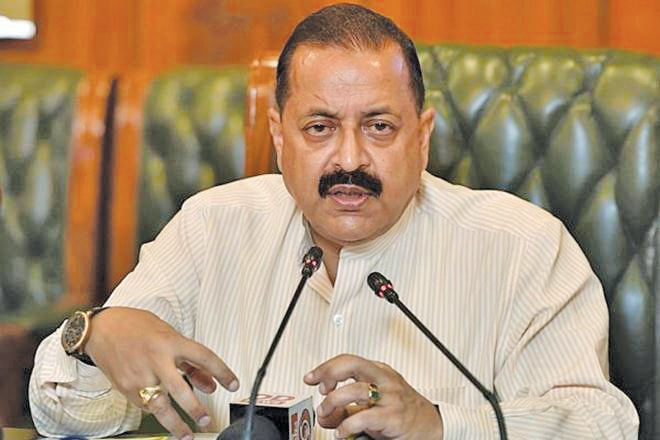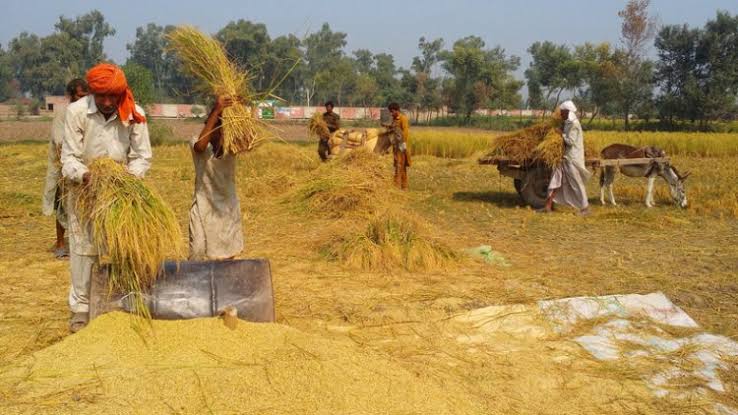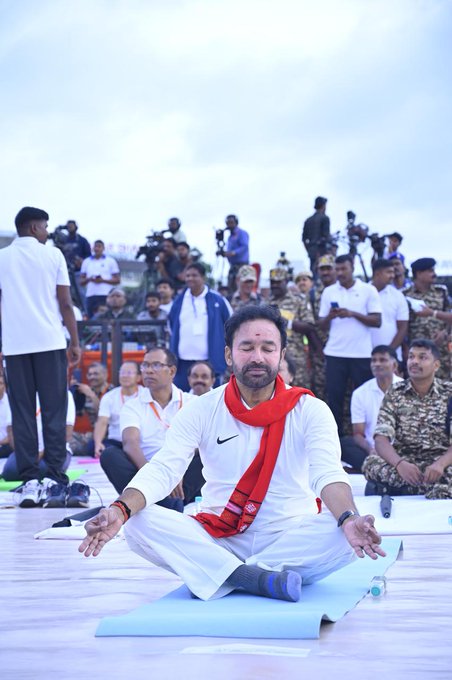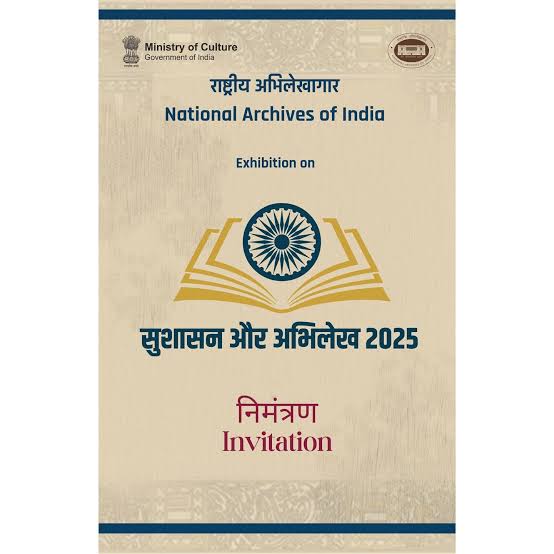On the second day of his visit to Namsai district, Union Minister Dr. Jitendra Singh reviewed the district’s progress under the Aspirational District Programme (ADP). He praised the district’s achievements, attributing its success to collaboration, convergence, and competition—key principles that have driven the transformative impact of Prime Minister Narendra Modi’s vision. Dr. Singh emphasized that under PM Modi, the Northeast has become an integral part of India’s mainstream growth narrative, overcoming years of perceived marginalization.
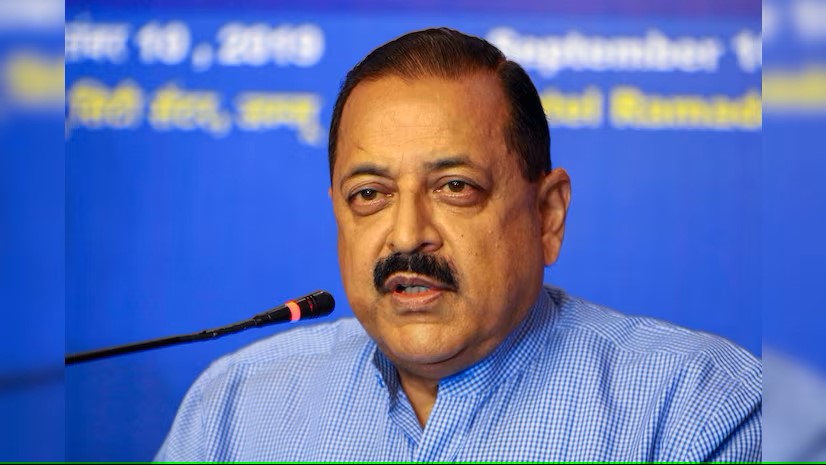 The Minister highlighted how, prior to 2014, the Northeast often felt disconnected from the rest of the country. Today, it stands as a vital part of India’s cultural and developmental fabric, with youth from the region excelling in diverse sectors like tourism and aviation. Dr. Singh commended initiatives such as integrating Anganwadi Centres with schools to improve early childhood education and the innovative “Pehli Sawari” ambulance service for newborns, calling them valuable models for other aspirational districts.
The Minister highlighted how, prior to 2014, the Northeast often felt disconnected from the rest of the country. Today, it stands as a vital part of India’s cultural and developmental fabric, with youth from the region excelling in diverse sectors like tourism and aviation. Dr. Singh commended initiatives such as integrating Anganwadi Centres with schools to improve early childhood education and the innovative “Pehli Sawari” ambulance service for newborns, calling them valuable models for other aspirational districts.
Namsai has emerged as a shining example of progress within the ADP. From April 2018 to March 2024, the district’s composite score surged from 35.8 to 54.0, a 37.64% improvement, propelling Namsai from 97th to 12th position out of 112 districts. This remarkable leap has earned Namsai recognition and significant rewards under the Sustainable Development Goals – Empowered Action Group (SDG-EAP).
In healthcare, Namsai has achieved significant milestones, including 100% conversion of sub-centres and Primary Health Centres (PHCs) into Health and Wellness Centres (HWCs). Additionally, 75% of PHCs now meet Indian Public Health Standards (IPHS), and specialist services are available in 70% of district hospitals. Maternal health indicators have improved substantially, with the percentage of pregnant women receiving four or more antenatal care check-ups rising from 35.46% to 81.3%. Institutional deliveries have surged by 117%, and the district boasts a remarkable 119% immunization rate for children aged 9-11 months.
In education, Namsai has made strides in improving literacy and school infrastructure. Despite being predominantly rural, with 76% of the population dependent on agriculture, the district has focused on upgrading its government schools, which serve 67% of the student population. Initiatives such as renovating old school buildings, constructing additional classrooms, and providing computer labs in higher secondary schools have contributed to these improvements. Moreover, 81% of schools now have functional toilets, and 98% provide drinking water facilities. The introduction of e-fencing software has been effective in monitoring school attendance and reducing absenteeism.
The district’s progress is also evident in infrastructure development. With 100% household electrification, improved roads under the Pradhan Mantri Gram Sadak Yojana (PMGSY), and enhanced access to clean water and sanitation, Namsai is setting a benchmark for other districts.
Agriculture, which engages 74% of Namsai’s population, remains a critical sector. The district faces challenges such as inadequate irrigation and low livestock productivity, but its fertile plains and excellent road connectivity present significant opportunities for agricultural diversification and agro-based industries.
Dr. Singh’s visit showcased Namsai as a model of success and a source of inspiration for other aspirational districts across India. By leveraging local potential and focusing on targeted developmental efforts in health, education, and infrastructure, Namsai has demonstrated how collaboration and innovation can drive inclusive growth. The Minister’s visit reaffirmed the government’s commitment to ensuring equitable development, in line with the vision of a self-reliant and inclusive India.
